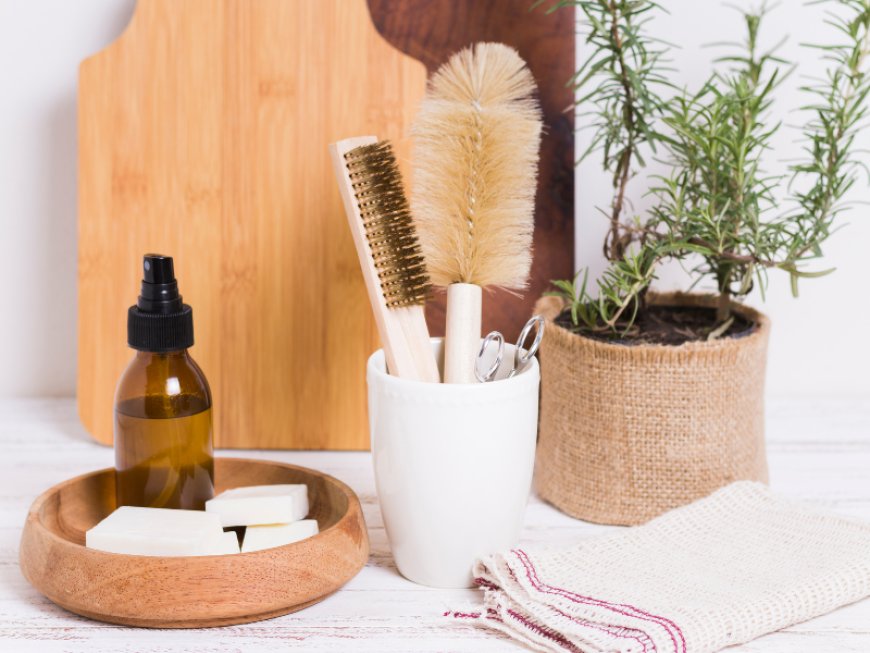The Science of Hair Porosity: Why Your Products May Not Be Working
Struggling with your hair routine? Discover how understanding hair porosity can revolutionize your hair care. Learn how to choose the right hair care products and treatments based on your porosity level.

Ever wonder why your hair still feels dry, frizzy, or lifeless even after using top-tier hair care products? The secret might lie not in the product, but in your hairsporosity. Understanding your hair's porosity can completely transform your hair care routine, helping you choose the right hair treatment products and finally get the results you crave.
Lets dive into the science behind hair porosity and how you can make your products work with your hair, not against it.
What Is Hair Porosity?
Hair porosity refers to how well your hair absorbs and retains moisture. Its determined by the structure of the cuticlethe outermost layer of your hair. Picture your cuticle as tiny overlapping roof shingles. The way these shingles lie affects how easily moisture enters and exits your hair shaft.
Hair porosity falls into three categories:
-
Low Porosity: Cuticles are tightly packed, making it difficult for moisture to enter or exit.
-
Medium (Normal) Porosity: Cuticles are slightly raised, allowing balanced moisture retention.
-
High Porosity: Cuticles are widely spaced or damaged, causing moisture to be absorbed quickly but also lost just as fast.
How to Test Your Hair Porosity
A simple test can help you identify your hair porosity:
-
Take a few clean strands of hair.
-
Drop them into a glass of water.
-
Wait for 24 minutes.
-
If your hair floats, you likely have low porosity.
-
If it sinks slowly, you probably have medium porosity.
-
If it sinks quickly, its a sign of high porosity.
Understanding your type helps you pick more suitable hair care and hair treatment products that truly work.
Why Hair Porosity Affects Product Performance
You might be using the most expensive shampoo and conditioner, but if theyre not right for your hair porosity, youre wasting both money and effort.
-
Low porosity hair resists moisture, so heavy creams just sit on top.
-
High porosity hair soaks up products but loses hydration quickly, needing richer, sealing formulas.
-
Medium porosity hair is more flexible and benefits from a balanced routine.
Choosing Hair Care Products Based on Porosity
For Low Porosity Hair
-
Use lightweight, water-based hair care products.
-
Avoid heavy oils and butters that can clog your strands.
-
Apply heat (like a warm towel) during deep conditioning to help open the cuticles.
-
Look for humectants like glycerin and honey in your shampoo and conditioner.
For Medium Porosity Hair
-
Lucky you! Most hair treatment products will work well.
-
Maintain a healthy balance of moisture and protein.
-
Rotate between deep conditioning and protein treatments.
For High Porosity Hair
-
Use heavier products like butters, creams, and oils to lock in moisture.
-
Avoid excessive heat styling and chemical treatments that can worsen cuticle damage.
-
Add protein-rich hair care formulas to strengthen your strands.
-
Always seal in moisture with oils like jojoba or argan oil.
How to Layer Products for Maximum Effectiveness
Regardless of porosity, how you apply your hair treatment products also matters.
-
Start with a clarifying shampoo (monthly) to remove buildup.
-
Cleanse with a sulfate-free shampoo suited to your porosity level.
-
Condition to restore moisture and elasticity.
-
Use a leave-in conditioner or treatment to hydrate and protect.
-
Seal with oil or cream (especially for high porosity hair).
By layering strategically, each product enhances the one before it, making your hair care routine far more effective.
The Role of Diet and Environment
Even the best hair care products wont help if your hair is constantly battling internal and external damage.
-
Stay hydrated.
-
Eat a balanced diet rich in vitamins (especially Biotin, Zinc, and Omega-3s).
-
Protect hair from the sun, chlorine, and pollution.
-
Use satin pillowcases to reduce friction and breakage overnight.
When to Switch Products
If youre seeing dullness, excessive frizz, breakage, or buildup, it might be time to rethink your routine. Seasonal changes, hormonal shifts, or even diet can influence how your hair reacts to products.
Pay attention to what your hair needs right now, and dont be afraid to adjust accordingly.
Conclusion
Understanding hair porosity is like unlocking the cheat code to perfect hair. Once you know how your hair absorbs and holds moisture, choosing the right hair care products becomes easierand way more effective.
So, before you buy another trending hair treatment product, ask yourself: "Does this suit my porosity?" Once you align your routine with your hairs natural behavior, you'll stop working against your hair and start working with it.





































